Bal Gangadhar Tilak: The Fearless Architect of Swaraj Who Ignited a Revolutionary Awakening
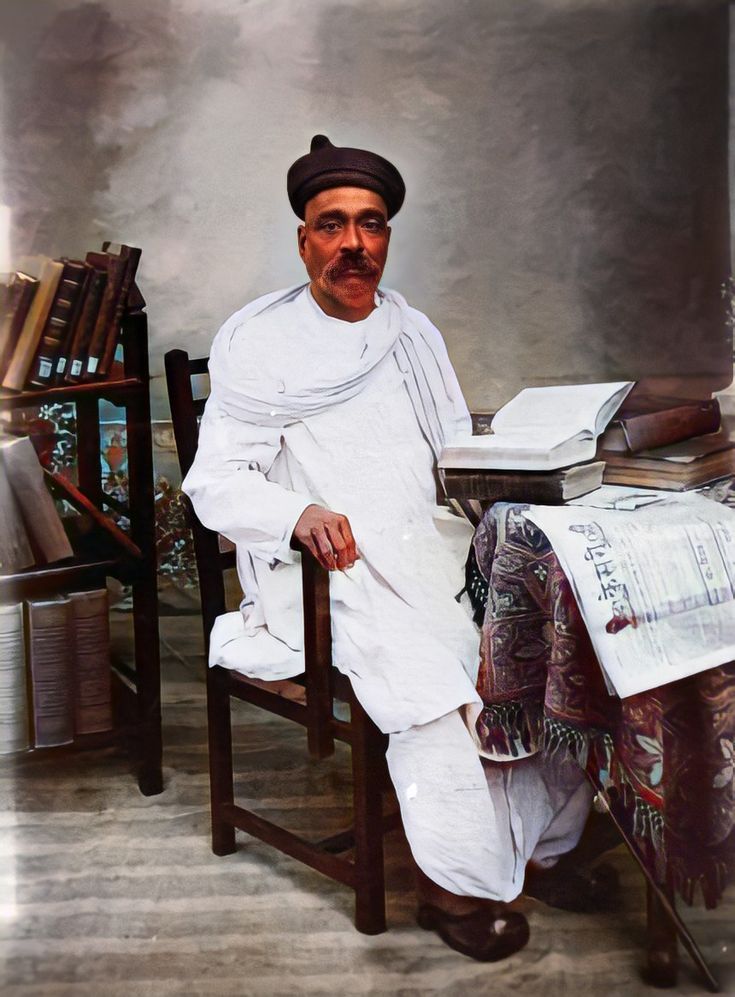
🧭 Introduction
In the pantheon of India’s freedom fighters, Bal Gangadhar Tilak stands as a titan—fiery in speech, fierce in conviction, and foundational in ideology. Born on July 23, 1856, in Ratnagiri, Maharashtra, Tilak was not just a leader—he was a movement. He transformed the idea of independence from a distant dream into a burning demand.
Educated in mathematics and law, Tilak’s brilliance was matched only by his boldness. He believed that education was not just for personal growth—it was a weapon against oppression. His early work as a teacher and journalist laid the groundwork for a lifelong crusade against colonial rule. Through newspapers like Kesari and The Mahratta, he ignited minds and challenged British narratives with razor-sharp intellect and unapologetic nationalism.
Tilak’s most iconic declaration—“Swaraj is my birthright and I shall have it”—wasn’t just a slogan. It was a soul call. He didn’t ask for freedom—he demanded it. He didn’t wait for permission—he provoked revolution. His speeches stirred the youth, his writings educated the masses, and his actions terrified the British.
He was one of the first leaders to connect Hindu festivals like Ganesh Utsav and Shivaji Jayanti to political awakening. By turning cultural pride into collective resistance, Tilak redefined patriotism. He believed that nationalism must be rooted in identity, and that India’s soul must rise before its soil could be free.
Tilak’s political journey saw him clash with moderates and unite with radicals. He was imprisoned multiple times, most notably in Mandalay, Burma, where he spent six years in isolation. But even in confinement, his pen roared. His commentary on the Bhagavad Gita became a philosophical foundation for future revolutionaries.
He was a mentor to legends like Lala Lajpat Rai and Bipin Chandra Pal, forming the famous Lal-Bal-Pal trio. His influence extended beyond politics—he shaped the very language of resistance. Tilak didn’t just fight the British—he taught India how to fight.
He passed away on August 1, 1920, but his legacy lives on in every cry for self-rule, every act of defiance, and every heart that beats for Bharat. Bal Gangadhar Tilak was not just the father of Indian unrest—he was the architect of Indian awakening.
Table of Contents
🎙️ Reconstructed Speech of Bal Gangadhar Tilak
📍 Location: Pune, Maharashtra
📅 Date: September 10, 1905 (Ganesh Utsav, 10 days before Anant Chaturdashi)
👥 Crowd: Estimated 10,000+ people gathered in public pandals across Pune
“Brothers and sisters of Bharat, today we gather not just to worship Ganapati, but to awaken the soul of our nation.”
“This festival, once confined to homes, now roars in the streets—not with noise, but with purpose. We do not chant slogans for entertainment—we chant for emancipation. We do not light lamps for ritual—we light them to burn away the darkness of foreign rule.”
“I, Bal Gangadhar Tilak, stand before you not as a leader, but as a servant of Swaraj. And I declare—Swaraj is not a distant dream. It is our birthright. And we shall have it.”
🔥 The Power of Culture and Unity
“Ganapati is the remover of obstacles. Let him remove the chains that bind our nation. Let him awaken the courage that sleeps in our hearts. Let him remind us that devotion without action is hollow, and prayer without patriotism is incomplete.”
“We are Hindus, Muslims, Sikhs, Parsis—but above all, we are sons and daughters of Bharat. Let this festival unite us. Let it teach us that our gods do not ask for silence—they ask for sacrifice. Let every murti of Ganapati become a symbol of resistance. Let every aarti become a call to rise.”
🧠 Education, Press, and Political Fire
“I have written in Kesari not to entertain, but to educate. I have taught not to instruct, but to ignite. I have fought not with weapons, but with words. And I tell you—our pens must be sharper than British swords. Our minds must be freer than their prisons.”
“They call me a troublemaker. I say I am a truth-teller. They call me a rebel. I say I am a reformer. They call me dangerous. I say I am devoted—to Bharat, to justice, to Swaraj.”
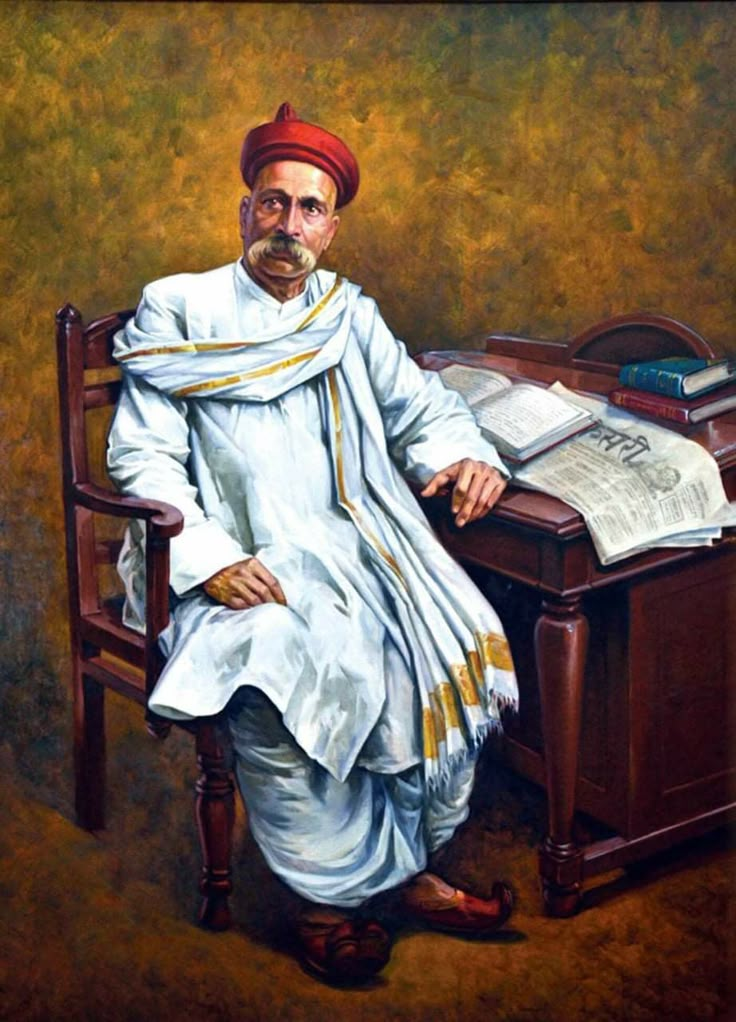
⚔️ Call to Action
“Do not wait for leaders to save you. Become leaders. Do not wait for permission to act. Act with purpose. Boycott their goods. Reject their schools that teach servitude. Build your own institutions. Celebrate your own heroes. Read your own history. And never forget—freedom is not given. It is taken.”
“Let this Ganesh Utsav be the beginning of a new Bharat. A Bharat that does not beg—but builds. A Bharat that does not fear—but fights. A Bharat that does not sleep—but soars.”
🕊️ Closing Words
“I may be imprisoned. I may be silenced. But my words will echo in every corner of this land. My spirit will rise in every student, every farmer, every worker who dares to dream of freedom.”
“Swaraj is my birthright. And I shall have it.”
“Ganapati Bappa Morya! Bharat Mata Ki Jai!”
📚 Historical Context
- Location: Pune, Maharashtra
- Crowd: Over 10,000 attendees across multiple pandals
- Backdrop: Heightened nationalist sentiment post-Partition of Bengal (1905), growing unrest against British rule
- Impact: Tilak’s speeches during Ganesh Utsav helped politicize cultural spaces, unify communities, and spread the message of Swaraj
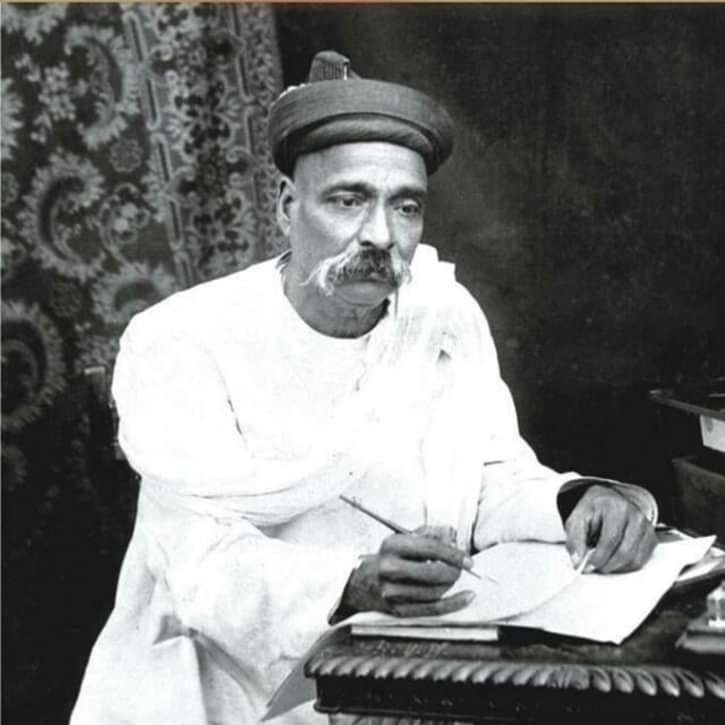
📜Life Story of Bal Gangadhar Tilak
📍 Early Life and Education
Bal Gangadhar Tilak, born as Keshav Gangadhar Tilak on July 23, 1856, in Ratnagiri, Maharashtra, belonged to a Chitpavan Brahmin family. His father, Bal Gangadhar Tilak, was a respected Sanskrit scholar and schoolteacher. Tilak’s upbringing was rooted in discipline, tradition, and intellectual rigor.
After his father’s death when he was just 16, Tilak moved to Pune and pursued higher education. He graduated with a Bachelor of Arts in Mathematics from Deccan College in 1877 and later earned a Law degree (LL.B) from Government Law College, Bombay in 1879. His academic excellence laid the foundation for his analytical thinking and leadership.
📍 Entry into Education and Journalism
Bal Gangadhar Tilak began his career as a mathematics teacher, but his vision extended beyond classrooms. In 1880, he co-founded the New English School with Gopal Ganesh Agarkar and others, aiming to promote nationalist education. This initiative evolved into the Deccan Education Society in 1884, which later established Fergusson College in Pune.
Simultaneously, Tilak entered journalism to awaken political consciousness. He launched two newspapers:
- Kesari (in Marathi)
- The Mahratta (in English)
These publications became powerful tools of resistance, spreading nationalist ideas and criticizing British policies. His writing style was bold, direct, and deeply rooted in Indian ethos.
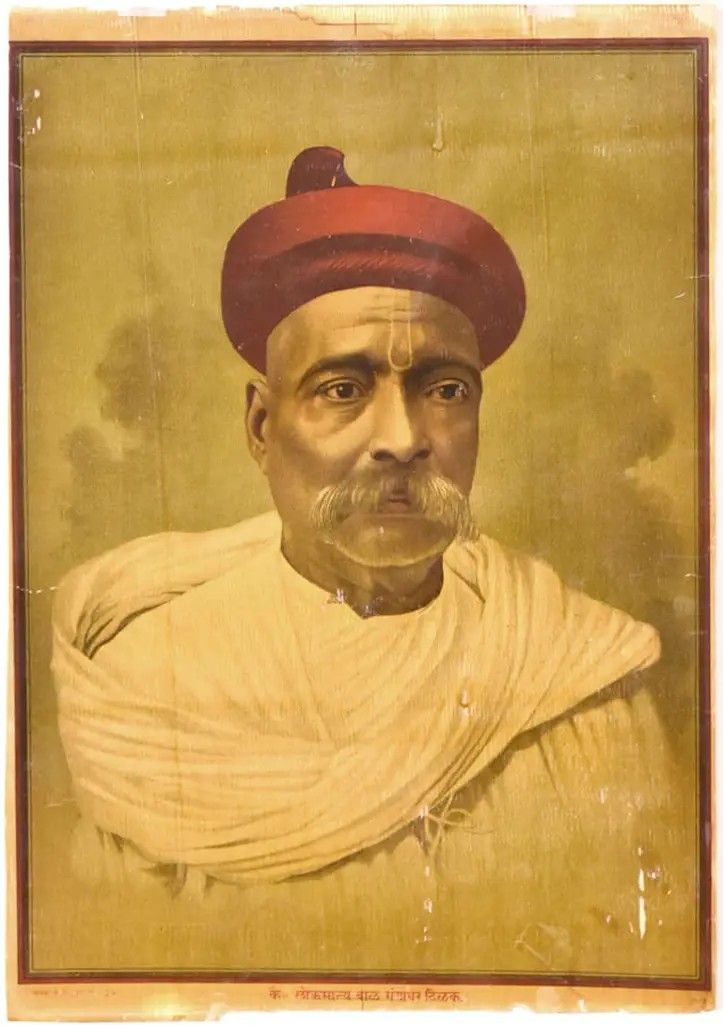
📍 Political Awakening and Ideological Shift
Bal Gangadhar Tilak political journey began with the Indian National Congress, but he soon emerged as a radical voice against moderate approaches. He believed that Swaraj (self-rule) was not a distant dream—it was a birthright. His famous quote, “Swaraj is my birthright and I shall have it,” became a rallying cry for millions.
He opposed the soft stance of leaders like Gopal Krishna Gokhale and advocated for direct action, boycott of British goods, and national pride. His ideology was rooted in Hindu symbolism, Maratha history, and cultural revival.
📍 Cultural Nationalism and Mass Mobilization
Bal Gangadhar Tilak was a pioneer in using religious and cultural festivals for political mobilization. He transformed:
- Ganesh Utsav into a public celebration of unity and resistance
- Shivaji Jayanti into a symbol of Maratha pride and anti-colonial spirit
These events brought people together across caste and class, turning devotion into defiance. Tilak believed that nationalism must be rooted in identity, and he used culture as a weapon against colonial alienation.
📍 Imprisonment and Philosophical Writings
In 1897, Bal Gangadhar Tilak was arrested for sedition due to his writings in Kesari. He was sentenced to 18 months in prison, but this only strengthened his resolve. In 1908, he was again convicted and sent to Mandalay, Burma, for six years.
During his imprisonment, Tilak wrote his seminal work:
- “Gita Rahasya” – a philosophical interpretation of the Bhagavad Gita, emphasizing Karma Yoga (path of action) over renunciation.
This book became a spiritual guide for revolutionaries, blending Vedantic wisdom with political activism.
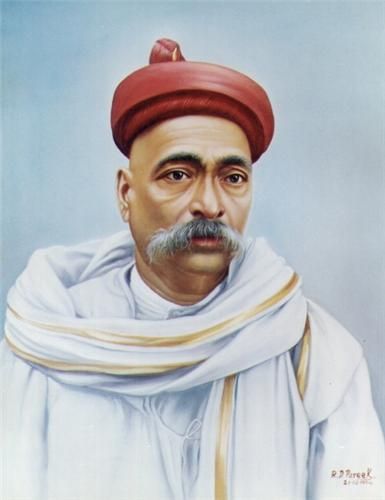
📍 Formation of the Lal-Bal-Pal Triad
Bal Gangadhar Tilak joined forces with Lala Lajpat Rai and Bipin Chandra Pal, forming the iconic Lal-Bal-Pal trio. Together, they represented the extremist faction of the Congress, pushing for aggressive nationalism and mass mobilization.
Their efforts laid the groundwork for future movements like Non-Cooperation, Civil Disobedience, and Quit India, even though Tilak passed away before these campaigns began.
📍 Home Rule Movement and Lucknow Pact
In 1916, Tilak launched the Home Rule League, demanding self-governance within the British framework. He collaborated with Annie Besant, and their movement gained massive traction across India.
That same year, he negotiated the Lucknow Pact with Mohammad Ali Jinnah, fostering Hindu-Muslim unity in the nationalist struggle. This was a landmark moment, showing Tilak’s ability to balance ideology with diplomacy.
📍 Final Years and Death
Despite declining health, Tilak continued to write, speak, and organize. He remained a guiding force for younger leaders, including Mahatma Gandhi, who called him “The Maker of Modern India.”
On August 1, 1920, Tilak passed away in Bombay (now Mumbai). His funeral was attended by over 200,000 people, a testament to his impact and reverence.
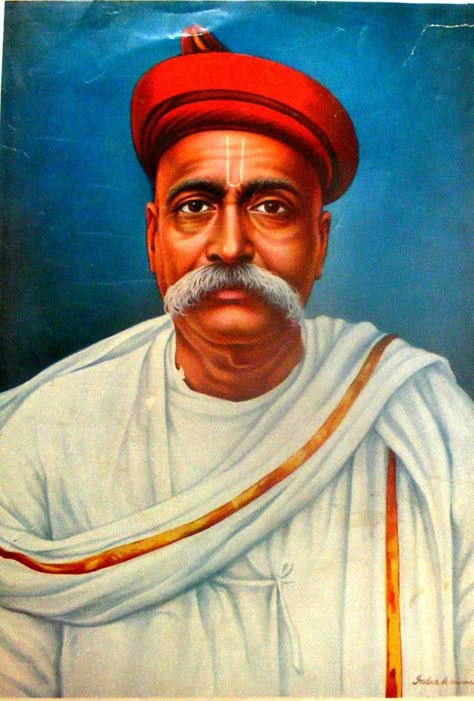
📍 Legacy and Impact
Bal Gangadhar Tilak legacy is monumental. He redefined nationalism, connected culture with politics, and laid the intellectual foundation for India’s independence. His contributions include:
- Popularizing Swaraj as a mass movement
- Using journalism as a tool of resistance
- Reviving cultural pride through festivals
- Promoting education with nationalist values
- Writing Gita Rahasya as a philosophical guide
- Uniting communities through the Lucknow Pact
- Mentoring future leaders like Gandhi and Nehru
He was called:
- “Lokmanya” – accepted by the people as their leader
- “Father of Indian Unrest” – by British authorities
- “Maker of Modern India” – by Mahatma Gandhi
🧨 19 Original Quotes Inspired by Bal Gangadhar Tilak Legacy
“He didn’t whisper Swaraj—he roared it into existence.”
Bal Gangadhar Tilak voice turned a dream into a demand.
“He made festivals political and politics spiritual.”
Ganesh Utsav became a tool of awakening.
“Bal Gangadhar Tilak didn’t write articles—he launched revolutions with ink.”
Kesari was more than a newspaper—it was a weapon.
“He didn’t teach history—he made it.”
Tilak’s classrooms became battlegrounds of thought.
“His prison was not a cage—it was a crucible.”
Mandalay shaped his philosophy, not his silence.
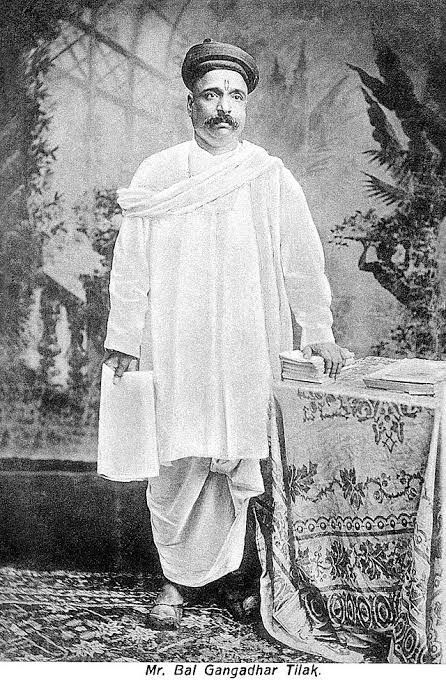
“He didn’t fear the British—he forced them to fear ideas.”
His intellect was sharper than any sword.
“Bal Gangadhar Tilak turned identity into insurgency.”
Shivaji Jayanti became a rallying cry.
“He didn’t ask for freedom—he declared it divine.”
Swaraj was not politics—it was purpose.
“Tilak’s pen was dipped in fire.”
Every editorial was a spark.
“He didn’t follow the crowd—he created it.”
Bal Gangadhar Tilak led from the front, even when alone.
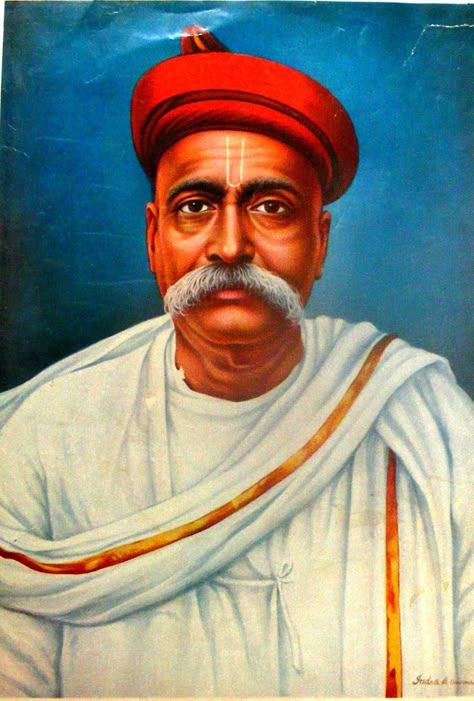
“His silence in jail was louder than British propaganda.”
Mandalay couldn’t mute his mission.
“Bal Gangadhar Tilak didn’t bend—he built.”
His resistance was constructive, not chaotic.
“He didn’t just awaken minds—he armed them.”
Education became revolution.
“Tilak’s nationalism was not borrowed—it was born from Bharat’s soul.”
Rooted in culture, rising in courage.
“He didn’t just write the future—he provoked it.”
His vision shaped generations.
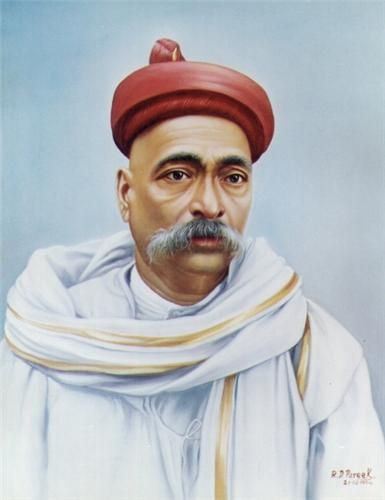
“Tilak’s legacy isn’t remembered—it’s relived.”
Every act of defiance echoes his fire.
“He didn’t just challenge the empire—he challenged apathy.”
Tilak woke up a sleeping nation.
“His words weren’t speeches—they were sparks.”
Each line lit a thousand minds.
“Tilak didn’t die—he detonated a legacy.”
August 1, 1920, marked the rise of remembrance.
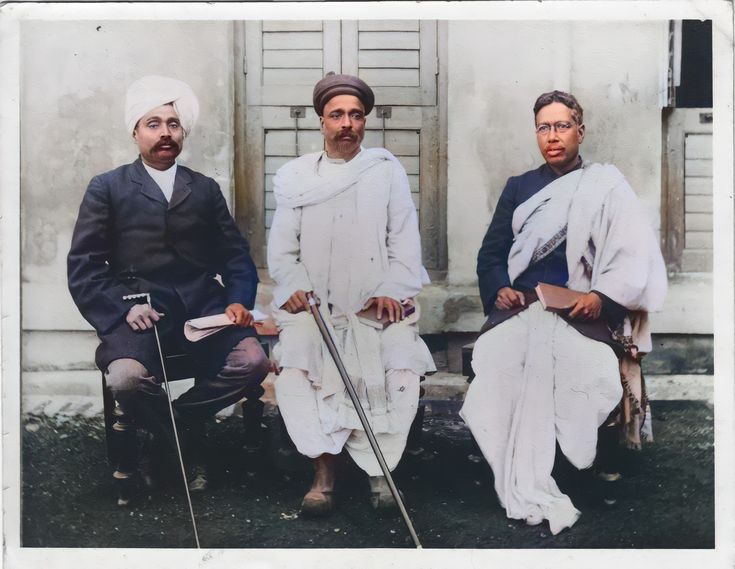
📚 Recommended Books on Bal Gangadhar Tilak
Here are some authoritative and insightful books on Bal Gangadhar Tilak that explore his life, philosophy, political impact, and legacy. These are ideal for deep research, blog references, or expanding your historical content library:
📚 Recommended Books on Bal Gangadhar Tilak
1. Lokmanya Tilak – A Biography
Author: A.K. Bhagwat & G.P. Pradhan
Publisher: Jaico Publishing House
- A comprehensive biography covering Tilak’s early life, political rise, imprisonment, and philosophical contributions.
- Includes rare anecdotes and contextual analysis of his role in the Indian freedom movement.
2. The Arctic Home in the Vedas
Author: Bal Gangadhar Tilak
Publisher: Tilak Bros
- A controversial yet scholarly work where Tilak explores Vedic origins and ancient migrations.
- Reflects his deep engagement with Sanskrit texts and historical interpretation.
3. Shrimad Bhagavad Gita Rahasya (Gita Rahasya)
Author: Bal Gangadhar Tilak
Language: Originally in Marathi, translated into English and Hindi
- Written during his imprisonment in Mandalay, this book interprets the Gita through the lens of Karma Yoga.
- A philosophical cornerstone for nationalist thinkers and revolutionaries.
4. Bal Gangadhar Tilak: His Writings and Speeches
Editor: D.V. Tahmankar
Publisher: Publications Division, Government of India
- A curated collection of Tilak’s speeches, essays, and letters.
- Offers direct insight into his thoughts on Swaraj, education, and British rule.
5. Tilak and Gokhale: A Comparative Study
Author: B.R. Nanda
Publisher: Oxford University Press
- Explores the ideological differences between Tilak and Gokhale—extremist vs. moderate nationalism.
- Excellent for understanding the evolution of Congress politics.
🔚 Grand Conclusion: The Eternal Flame of Bal Gangadhar Tilak
📍1. From Student to Strategist
Bal Gangadhar Tilak’s journey began in the classrooms of Maharashtra, but his mind was never confined to textbooks. His early brilliance in mathematics and law laid the foundation for a life of sharp reasoning and fearless leadership. He understood that education wasn’t just about degrees—it was about direction. Tilak used knowledge as a weapon, turning intellect into influence.
📍2. Journalism as Resistance
Tilak’s pen was his sword. Through Kesari and The Mahratta, he didn’t just report news—he created movements. His editorials were firebrands of truth, challenging colonial narratives and awakening dormant patriotism. He proved that journalism could be revolutionary, and that words could shake empires. His writing style—bold, unapologetic, and rooted in Indian ethos—became a blueprint for nationalist media.
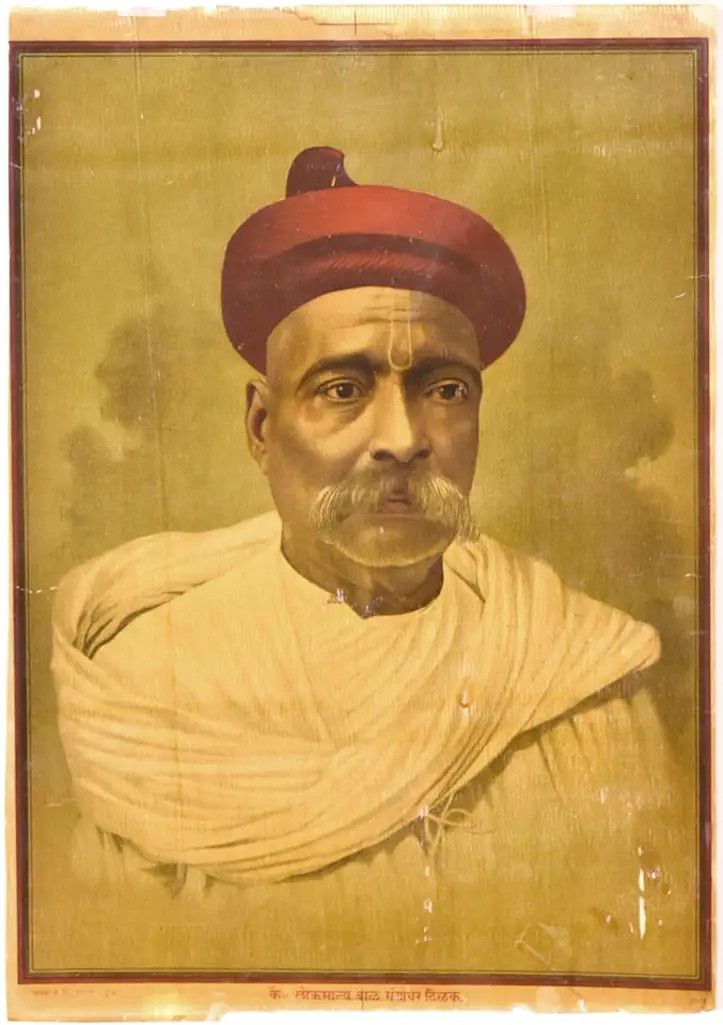
📍3. Cultural Revival as Political Strategy
Tilak’s genius lay in connecting culture with politics. He transformed Ganesh Utsav and Shivaji Jayanti into platforms of unity and resistance. These festivals became more than rituals—they became rallies. By invoking historical pride and religious symbolism, Tilak built a bridge between devotion and defiance. He taught India that nationalism must be rooted in identity, and that cultural pride is the first step toward political awakening.
📍4. Radical Nationalism and Ideological Fire
Tilak’s declaration—“Swaraj is my birthright and I shall have it”—wasn’t just a slogan. It was a soul cry. He rejected moderation and embraced radicalism, believing that freedom must be demanded, not delayed. His clashes with Congress moderates weren’t personal—they were philosophical. Tilak stood for urgency, action, and uncompromising patriotism. He didn’t just challenge British rule—he challenged Indian complacency.
📍5. Imprisonment and Intellectual Legacy
Even in Mandalay’s prison, Tilak’s spirit soared. His writing of Gita Rahasya during incarceration was a masterstroke—blending Vedantic philosophy with political action. He interpreted the Bhagavad Gita not as a call to renunciation, but as a call to duty. This work became a spiritual guide for revolutionaries, proving that Tilak’s mind could not be caged. His imprisonment became a crucible of clarity.
📍6. Political Alliances and Strategic Vision
Tilak’s formation of the Lal-Bal-Pal trio and his role in the Home Rule League showed his ability to unite voices across regions. His negotiation of the Lucknow Pact with Jinnah demonstrated his diplomatic depth. He wasn’t just a firebrand—he was a strategist. He understood that unity was strength, and that India’s freedom required both passion and planning.
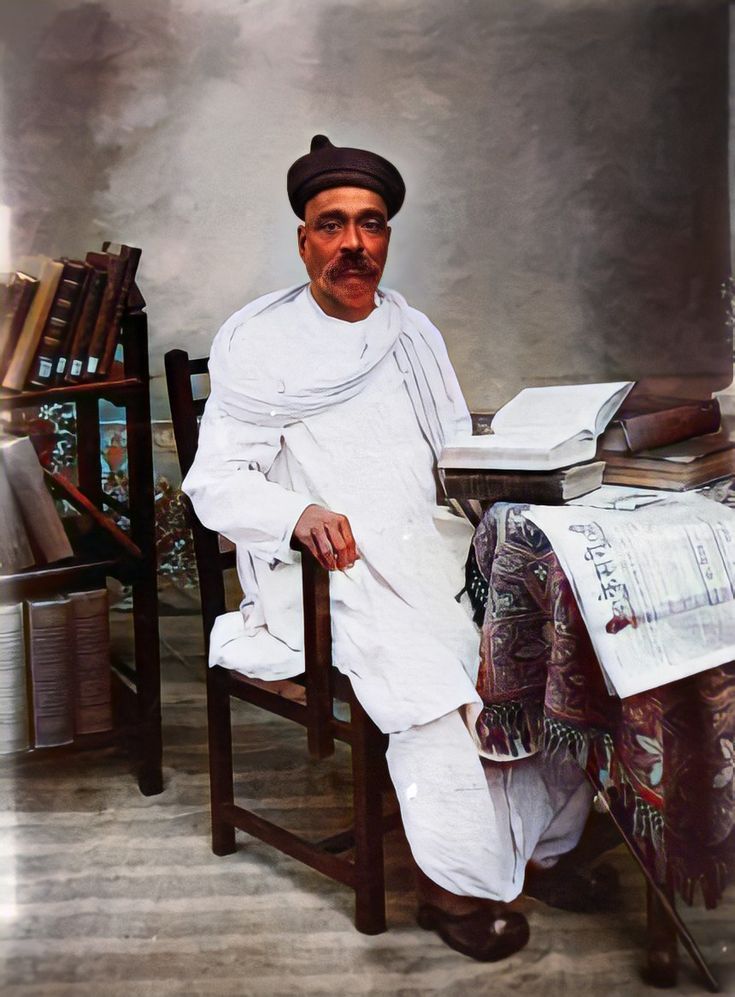
📍7. Final Years and Immortal Impact
Tilak’s final years were marked by declining health but rising influence. He mentored younger leaders, including Mahatma Gandhi, who called him the “Maker of Modern India.” His death on August 1, 1920, was mourned by over 200,000 people, a testament to his unmatched legacy. But Tilak didn’t die—he detonated a movement. His spirit became a permanent part of India’s freedom struggle.
📍 Grand Conclusion: Tilak Lives On
Bal Gangadhar Tilak was not just a freedom fighter—he was a philosopher of rebellion, a strategist of Swaraj, and a torchbearer of cultural pride. His life teaches us that freedom is not won through comfort—it is carved through conviction. He turned classrooms into battlegrounds, festivals into revolutions, and silence into strategy.
His legacy is not confined to history books—it lives in every act of resistance, every cry for justice, and every heartbeat that dares to dream of a free Bharat. Tilak’s fire still burns—in pens, in protests, in prayers, and in pride.
He was Lokmanya—accepted by the people. He was fearless—rejected by fear. He was eternal—never erased.
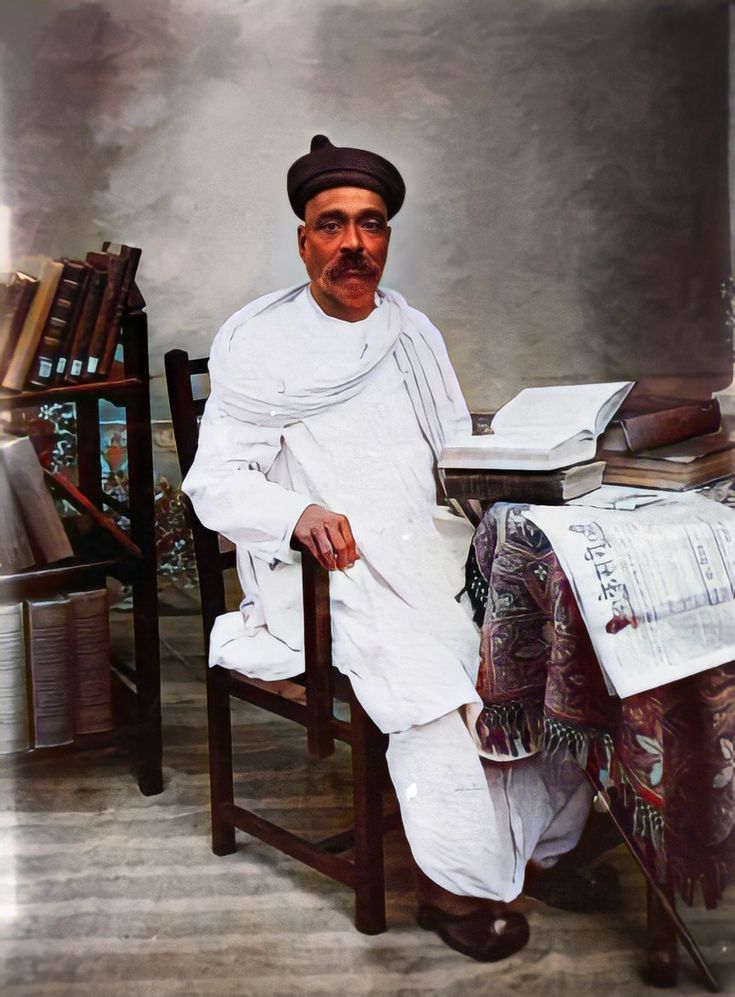
Internal Links: 1.https://historyverse7.com/sardar-udham-singh/ 2.https://historyverse7.com/ram-prasad-bismil/ 3.https://historyverse7.com/lal-bahadur-shastri/
External Links: 1.https://www.britannica.com/biography/Bal-Gangadhar-Tilak 2.https://en.wikipedia.org/wiki/Bal_Gangadhar_Tilak
📘FAQ Questions on Bal Gangadhar Tilak
1. How did Bal Gangadhar Tilak transform religious festivals into political movements without losing their spiritual essence?
Ans: Bal Gangadhar Tilak brilliance lay in recognizing that India’s soul was spiritual—but its spirit was revolutionary. He didn’t hijack festivals—he elevated them. Ganesh Utsav, once a private household ritual, became a public celebration of unity, pride, and resistance. Shivaji Jayanti, once a regional remembrance, became a national symbol of valor and anti-colonial defiance. Tilak infused these events with patriotic speeches, cultural performances, and historical storytelling—without diluting their devotional core. He showed that faith and freedom could coexist, and that cultural pride could be the fuel for political awakening. His approach created a mass movement rooted in identity, not ideology alone.
2. What made Bal Gangadhar Tilak interpretation of the Bhagavad Gita in Gita Rahasya a revolutionary guide for political action rather than just spiritual reflection?
Ans: While most saw the Gita as a call to renunciation, Tilak saw it as a manual for action. In Gita Rahasya, written during his imprisonment in Mandalay, he argued that Karma Yoga—the path of selfless duty—was the true essence of the Gita. This wasn’t just theology—it was strategy. Tilak redefined spirituality as responsibility. He taught that freedom fighters must act without attachment, driven by dharma, not desire. His interpretation gave revolutionaries a moral compass and philosophical armor. Gita Rahasya became more than a book—it became a spiritual manifesto for Swaraj.
3. Why did British authorities label Tilak “The Father of Indian Unrest,” and how did that title reflect both fear and respect?
Ans: The British feared Bal Gangadhar Tilak not because he incited violence—but because he incited thought. His writings in Kesari, his speeches at public gatherings, and his cultural mobilizations stirred a sleeping nation. He didn’t just oppose British rule—he exposed its moral bankruptcy. The title “Father of Indian Unrest” was meant to vilify him, but it inadvertently honored him. It acknowledged that Tilak had awakened the masses, disrupted colonial comfort, and planted the seeds of rebellion. His unrest wasn’t chaos—it was clarity. And the British knew that ideas like his couldn’t be jailed or silenced.
4. In what ways did Tilak’s journalism in Kesari and The Mahratta redefine the role of media in India’s freedom struggle?
Ans: Bal Gangadhar Tilak turned newspapers into weapons of awakening. Kesari (Marathi) and The Mahratta (English) weren’t just publications—they were platforms of protest. He used them to critique British policies, defend Indian traditions, and promote nationalist thought. His editorials were fiery, fearless, and fiercely logical. He didn’t just inform—he ignited. Tilak proved that media could be a tool of transformation, not just transmission. His journalism created a thinking public, empowered local voices, and laid the foundation for future freedom fighters to use the press as a battlefield. In Tilak’s hands, ink became insurgency.
5. How did Tilak’s radical nationalism influence the ideological evolution of leaders like Gandhi, Nehru, and Subhas Chandra Bose?
Ans: Bal Gangadhar Tilak was the ideological spark that lit multiple torches. Gandhi admired Tilak’s courage and called him the “Maker of Modern India.” Nehru absorbed Tilak’s emphasis on education and cultural pride. Subhas Chandra Bose inherited Tilak’s fire for direct action and uncompromising nationalism. Tilak’s insistence on Swaraj as a birthright, his use of cultural symbolism, and his belief in mass mobilization became templates for future revolutions. He didn’t just lead a movement—he mentored a generation. His ideas echoed in every slogan, every satyagraha, and every sacrifice that followed. Tilak wasn’t just a chapter—he was the prologue to India’s independence.
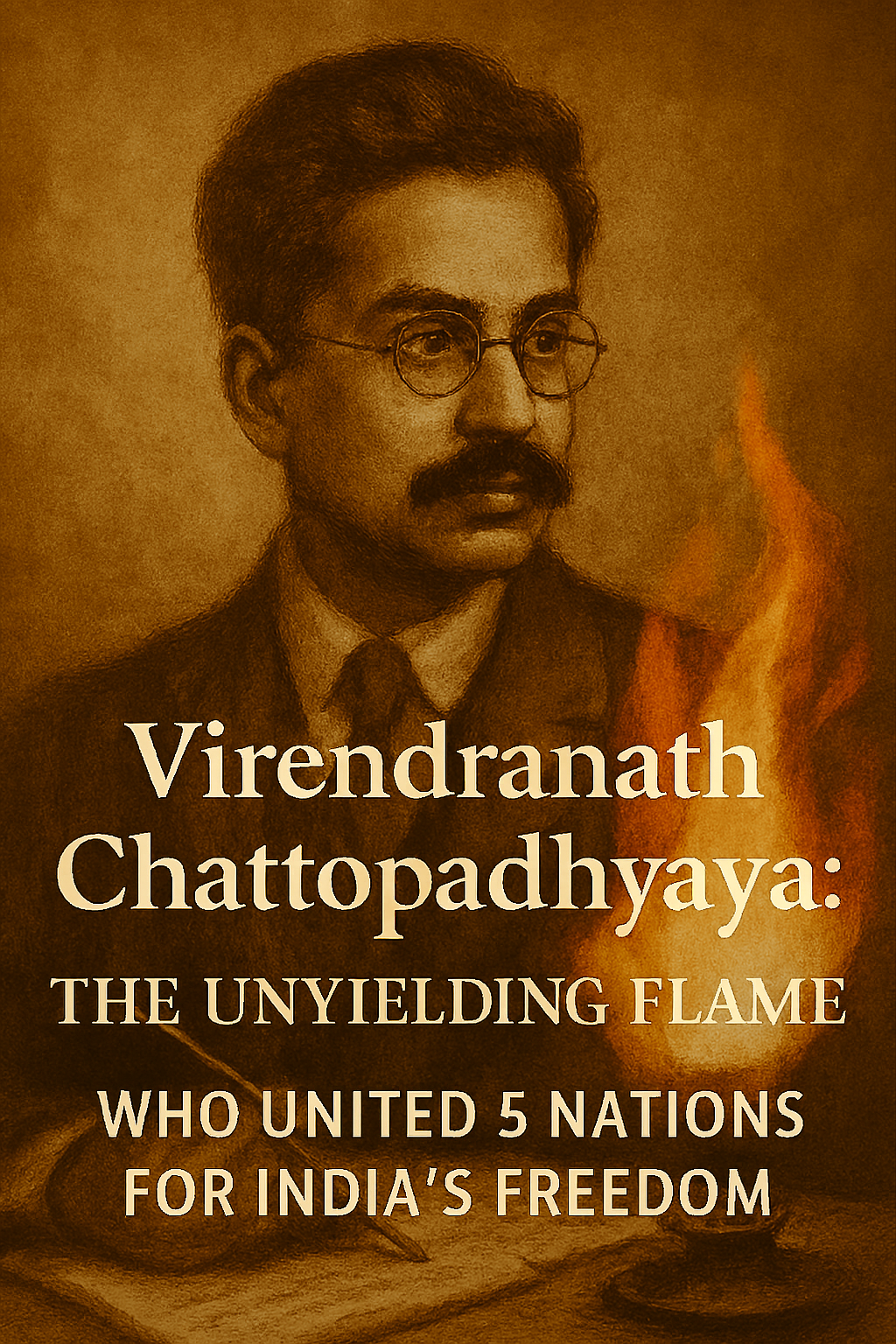
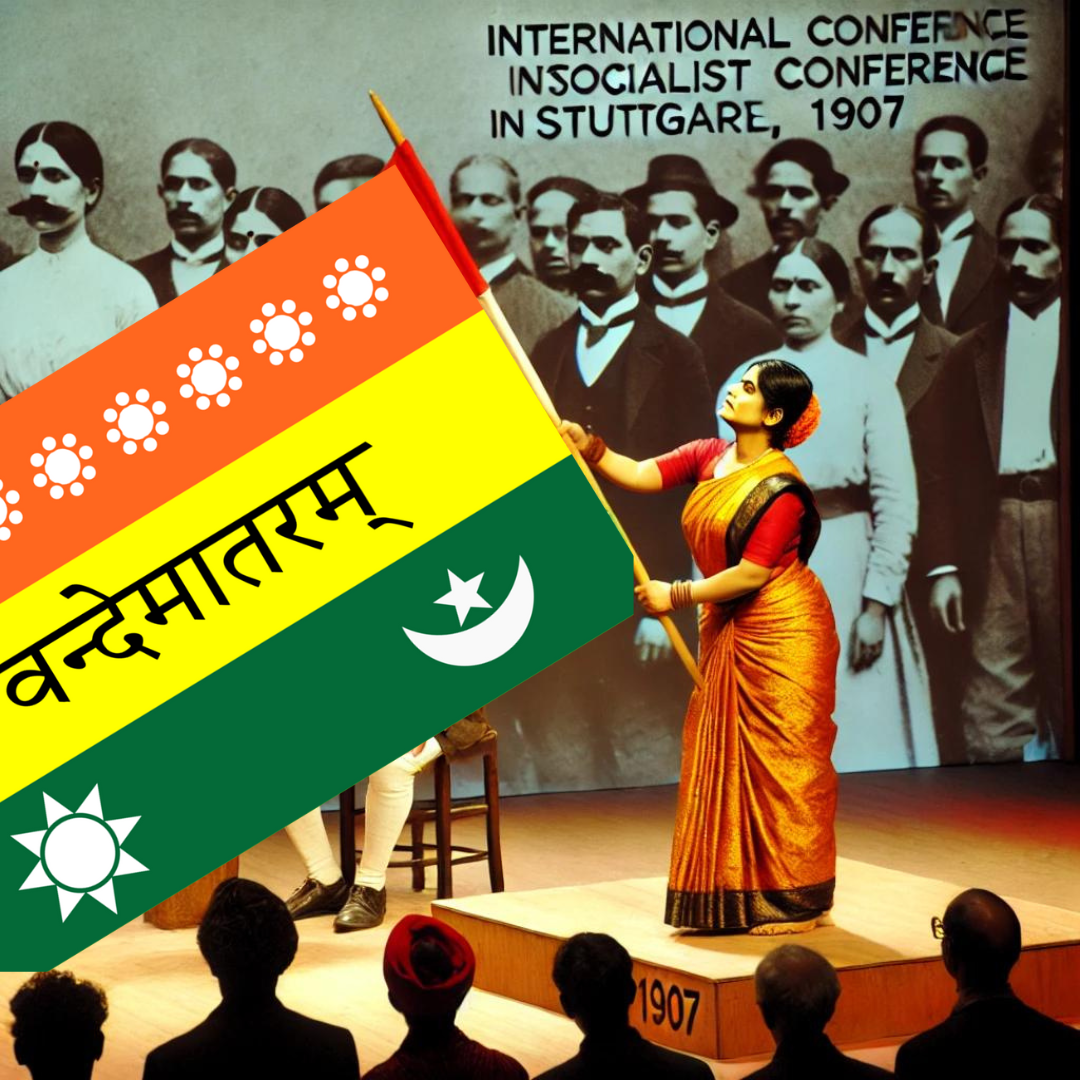
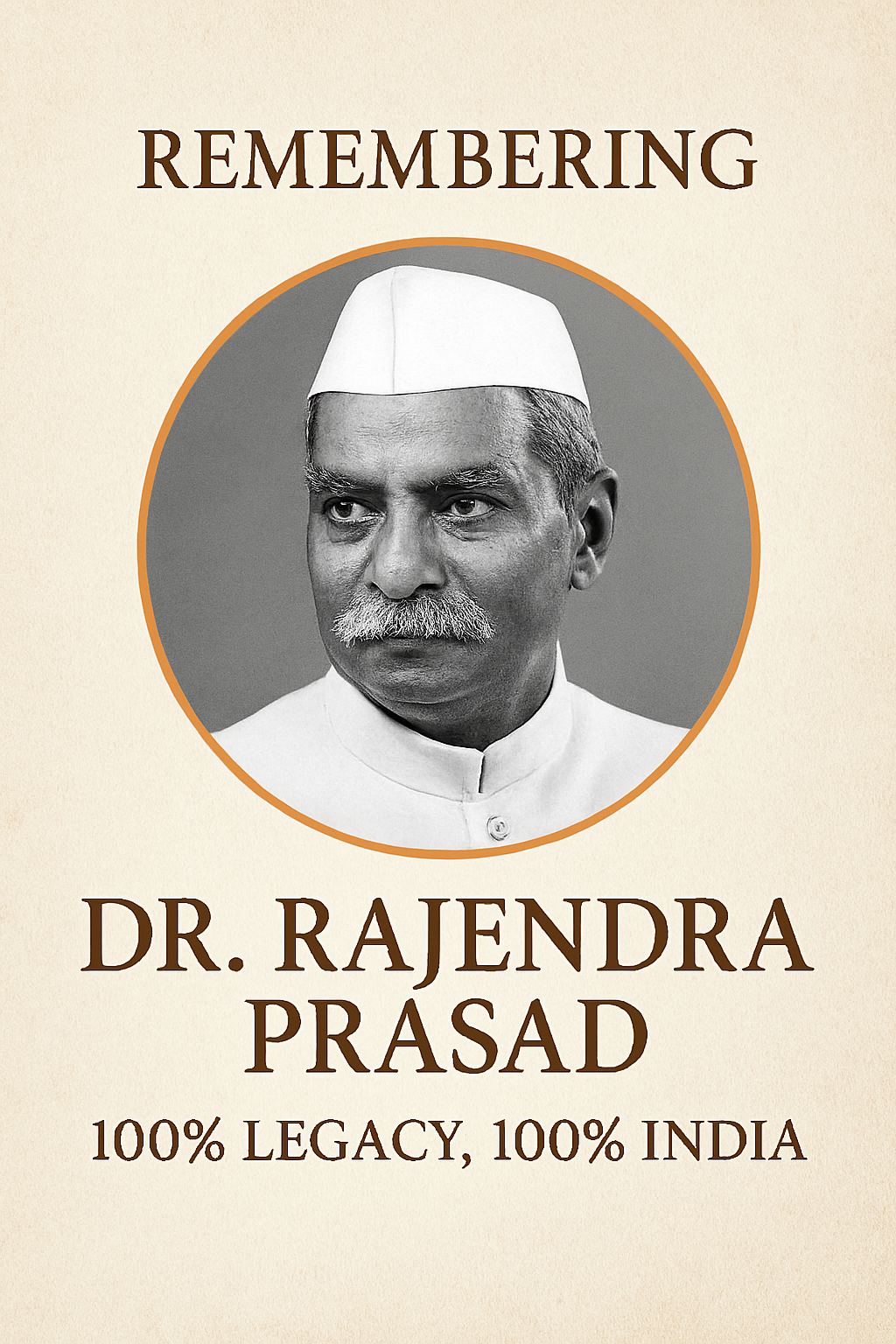
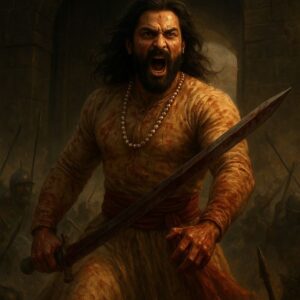
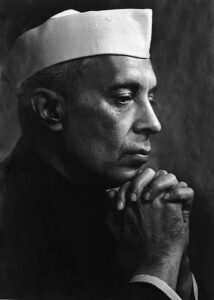
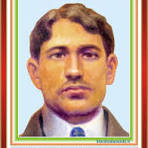
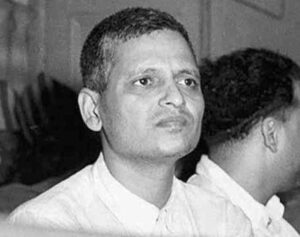
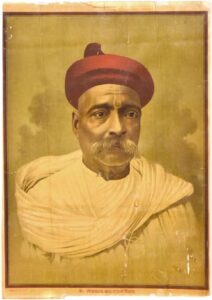
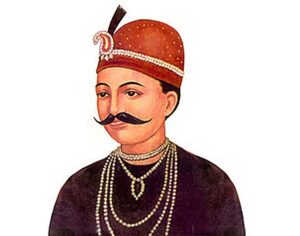
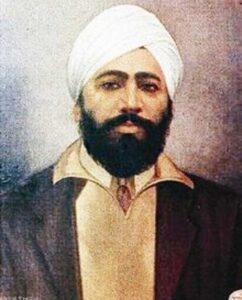
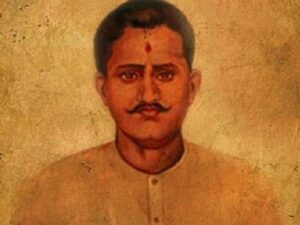
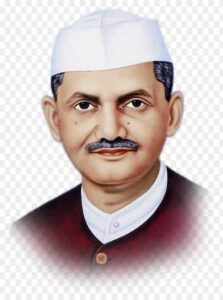
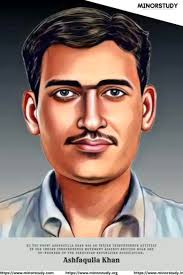
3 comments